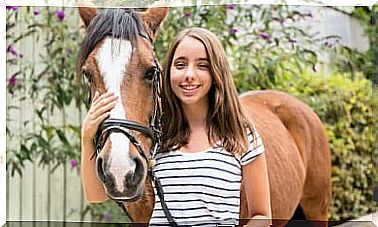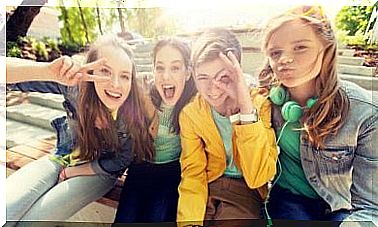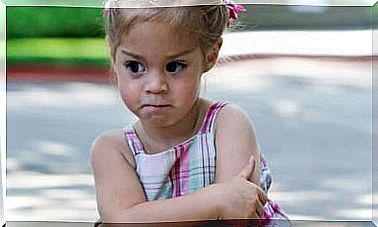Interaction Between Students In The Academic Environment
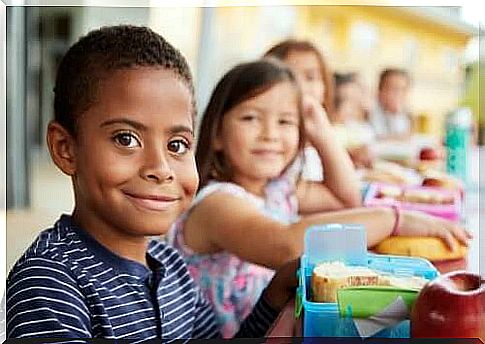
Establishing social relationships with peers during childhood and adolescence is essential for achieving optimal and balanced development. Therefore, from school onwards, we must encourage interaction between students, thus promoting their social, cognitive and linguistic skills.
In other words, schools must create spaces that allow for collaboration and cooperation among students. In this way, students become an active resource in the learning process and grow up in a climate of diversity in which different values are promoted, such as:
- Acceptance.
- Respect.
- Inclusion.
- Equality.
Interaction between students in the academic environment
According to Lewin Johnson, we can define three types of structure, according to the relationship established between academic goals and the influence of peers to achieve them:
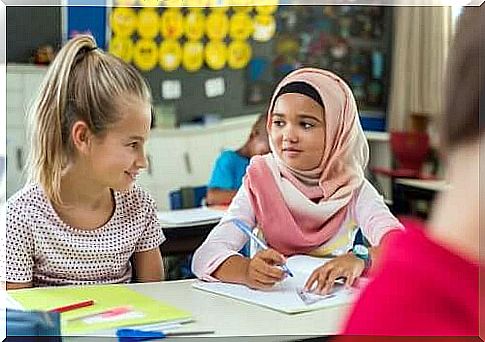
- Individualistic structure. The goals are individual, so other people’s work does not influence the achievement of their own goals. In this case, each student is rewarded individually according to their results, regardless of those obtained by other classmates.
- Competitive structure. All students pursue the same goals, but they can only be achieved if the rest of the classmates cannot achieve them as well. In other words, it is based on an exclusionary process in which one student receives the maximum reward while the others receive smaller rewards.
- Cooperative structure. Joint objectives are established that can only be achieved if all students are successful, so that the whole group is benefited and rewarded for the results obtained.
With this in mind, it is possible to say that the ideal to favor a good interaction between students in the academic environment is to apply a cooperative learning structure , different from the individualistic and competitive structure of the traditional school. Therefore, the class must be organized in such a way that the teaching function belongs to both the teacher and the students.
Form heterogeneous interaction groups
Interaction between students in a collaborative way promotes the improvement of the following aspects:
- The cohesion of the group.
- The coexistence.
- Teamwork.
But for this to happen, it is important that the groups created for cooperative work are:
- Small : from three to five students per group.
- Heterogeneous : composed of students with different abilities, motivations, needs, etc.
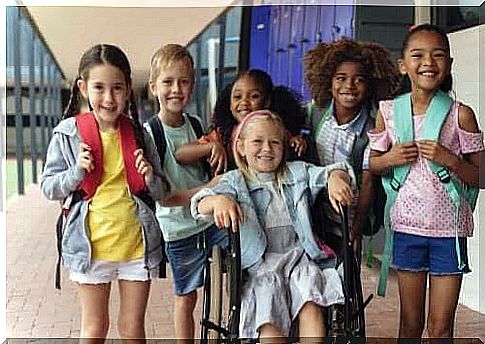
In this sense, it is worth noting that, in order to form such groups of diverse composition, it is necessary to try to mix boys and girls in different groups. Likewise, possible compatibilities and incompatibilities between classmates should be evaluated.
Once these considerations have been made, the teacher should distribute the students into three subgroups:
- Those who are most skilled to help.
- Those who need more help with schoolwork.
- The other students.
Therefore, at least one of the students belonging to each subgroup must be included in each group. For example, if a team of four is to be formed, ideally it would consist of a member of the most skilled group, a student with certain educational needs, and two children in the middle.
So, in addition to learning academic knowledge, students will also acquire skills to socialize and deal with all kinds of people.
